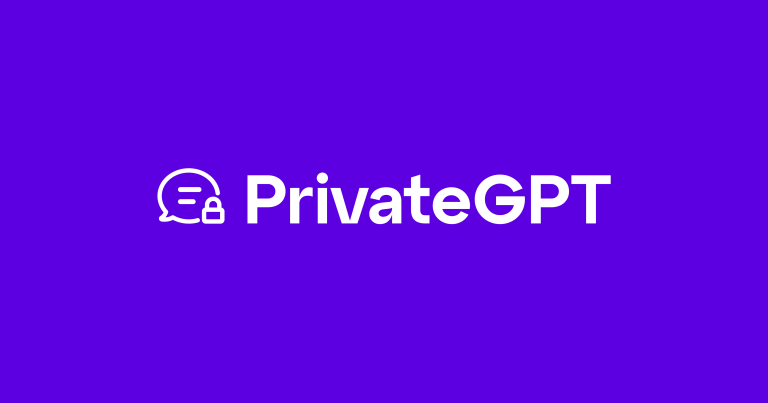Introduction
The world of artificial intelligence is vast and ever-evolving. With the advent of advanced AI tools like Large Language Models (LLM), organizations are now empowered to streamline their text-based tasks, translating to increased efficiency and productivity. Among these AI tools, the concept of PrivateGPT and PublicGPT stand out. But what are these models, and how can they be utilized to the fullest? Let’s dive in. Continue reading on The AI Examiner
What is a PrivateGPT?
A PrivateGPT, also referred to as PrivateLLM, is a customized Large Language Model designed for exclusive use within a specific organization. It’s built to process and understand the organization’s specific knowledge and data, and not open for public use.
This model is an advanced AI tool, akin to a high-performing textual processor. It ingests information, processes it, and delivers relevant output tailored to the organization’s needs. Its applications are diverse: from drafting reports, translating languages, generating creative content, to handling sensitive information such as medical histories – all while ensuring optimal data privacy and security.
How is it Different from PublicGPT?
Unlike PrivateGPT, PublicGPT is a general-purpose model that is open to everyone. It is designed to encompass as much knowledge as possible from various sources, without specific customizations for individual organizations. While PublicGPT excels in tasks such as drafting a blog post, PrivateGPT provides an extra layer of data privacy and security for sensitive tasks.
However, the lines may blur at times. For instance, an organization might use PublicGPT on a private server, or implement a proxy solution to protect their data. The choice between PrivateGPT and PublicGPT thus depends on the organization’s specific needs and considerations for cost, performance, and data privacy.
Use Cases of PrivateGPT
PrivateGPT is a versatile tool that can be adapted to a wide range of use cases depending on the needs of an organization. Its primary strength lies in handling and processing company knowledge – a vast array of accumulated data such as documents, emails, databases, and other unstructured and structured information types.
This information is processed to generate useful insights or accurate responses. The implementation could range from drafting reports, answering internal queries, to generating creative content tailored to the organization’s needs. It can also be used to handle sensitive data securely, ensuring data privacy and security.
Frequently Asked Questions
- What is the difference between on-premises and cloud servers?
- What are the privacy considerations for a private GPT?
- What measures are taken to secure a private GPT?
What is the difference between on-premises and cloud servers?
On-premises servers are physical infrastructures hosted within an organization’s premises. They provide complete control over the data and processes but come with high maintenance costs. On the other hand, cloud servers are virtual infrastructures hosted on the internet, usually provided by third-party services. They offer scalability and cost-effectiveness but require careful data privacy and security measures.
What are the privacy considerations for a private GPT?
Privacy in a private GPT involves ensuring sensitive data isn’t exposed or accessed without authorization. It includes considerations on how the model is trained, how queries to the model are handled, and whether the data used for training the model is securely stored and disposed of.
What measures are taken to secure a private GPT?
Security measures for a private GPT include data encryption, user authentication, access control, and regular security audits. These measures are taken to protect the model and its underlying systems from threats like unauthorized access, data breaches, and other forms of cyberattacks.











